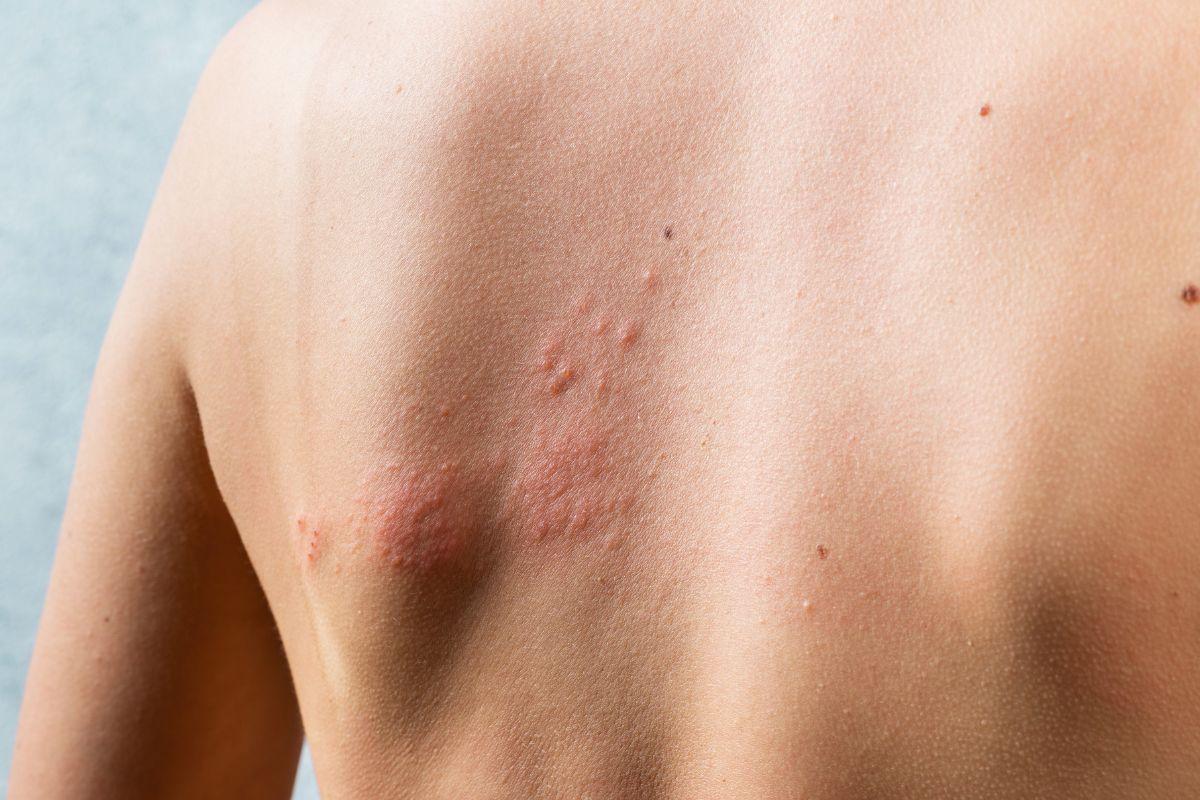Have you ever had oily, scaly patches and dandruff? If yes, you could be experiencing seborrheic dermatitis. Seborrheic dermatitis is a condition that is common, manageable, and treatable by experienced dermatologists with the right care routine. For many, it can be frustrating — especially when flare-ups cause itching, redness, or flakes that don’t seem to go away. Nevertheless, Doctify connects patients with trusted dermatologists who can help identify triggers and find the most effective treatment plan.
What Is Seborrheic Dermatitis?
Seborreheic dermatitis is a chronic skin condition that causes flaky, inflamed patches on oily areas — most commonly the scalp, face, ears, and chest. Yet, it can also appear on other areas like eyebrows, eyelids, and behind the ears. It is often linked to overactive oil glands and a yeast called Malassezia that irritates the skin and the immune system’s response. It’s not contagious, and it tends to come and go in cycles.
Common Symptoms
The common symptoms of the seborrheic dermatitis include:
- Itchy scalp with white or yellow flakes (dandruff).
- Redness or irritation around the hairline, eyebrows, nose, or ears.
- Greasy or crusty patches on the scalp or skin.
- Flare-ups may worsen with stress, cold weather, or hormonal changes.
What Triggers Flare-Ups
Understanding your triggers is the first step to managing symptoms effectively. The most frequent triggers of seborrheic dermatitis include:
- Cold or dry climates.
- Stress or fatigue. The most important factor to eliminate.
- Harsh soaps, hair products, or fragranced skincare.
- Hormonal changes or certain medical conditions (e.g., Parkinson’s, HIV).
Daily Scalp Care and Management
Often dermatologists recommend a daily scalp care and management that might include the following. First, use medicated shampoos containing: ketoconazole or selenium sulfide (to reduce yeast growth), zinc pyrithione or salicylic acid (to remove flakes), and alternate with a gentle, fragrance-free shampoo between medicated washes. Next, avoid scratching, which can worsen irritation or lead to infection. Finally, keep the scalp clean but not overly dry — balance is key. Nonetheless, it is important to assist the dermatologist, since every case is different and the diagnosis is made by the dermatologist.
Skincare Tips for Face and Body
Skincare for the face and body is fundamental in order to see positive changes and improvements in the scalp and skin. Start by using mild, non-soap cleansers and moisturisers formulated for sensitive skin. Also, avoid heavy oils or occlusive creams that can trap moisture and worsen flare-ups. As well, apply topical antifungal or anti-inflammatory creams as prescribed by your dermatologist. Lastuly, gentle exfoliation can help remove flaky skin — but avoid harsh scrubs.
Medical Treatments
For moderate to severe cases, your dermatologist may recommend:
- Topical corticosteroids for short-term inflammation control.
- Antifungal creams or foams for persistent areas.
- Calcineurin inhibitors (e.g., pimecrolimus, tacrolimus) for delicate facial skin.
- Oral antifungals or low-dose steroids in severe or widespread cases.
These treatments should always be supervised by a qualified dermatologist.
Lifestyle and Home Remedies
Besides having skincare, daily scalp routine, and medical treatments, some changes need to be done in the lifestyle, in order to see improvement in seborrheic dermatitis:
- Reduce stress: meditation, exercise, or breathing techniques can lower flare-up frequency.
- Maintain a balanced diet with omega-3s and antioxidant-rich foods.
- Get regular sunlight exposure (moderately, with sun protection).
- Avoid alcohol-based hair or skin products.
When to See a Dermatologist
Please contact your dermatologist if you experience any of the following:
- Over-the-counter dandruff shampoos or creams don’t help after a few weeks.
- The rash spreads, becomes painful, or affects self-confidence.
- Persistent redness or irritation around the hairline, eyebrows, nose, or ears.
- Flare-ups that are becoming more frequent and often, without seeing changes with conventional treatments.
Doctify makes it easy to find a dermatologist who can personalise your treatment plan and monitor long-term skin health.
Conclusion
Seborrheic dermatitis can be persistent, but it’s manageable with consistent care and professional guidance. A mix of gentle skincare, medicated treatments, and trigger management can keep symptoms under control. Besides, some changes need to be done in the lifestyle, in order to see improvement in seborrheic dermatitis: reduce stress, maintain a balanced diet with omega-3s and antioxidant-rich foods, get regular moderate sunlight exposure, always with sun protection, and avoid alcohol-based hair or skin products. Each treatment is unique, depending on the patient and their case. We invite readers to use Doctify to book an appointment with a trusted dermatologist for tailored care and ongoing support.
Find the right specialist for you. Doctify uses verified reviews so you can make the best decision for your healthcare.

Feel free to consult a dermatologist through Doctify for personalised advice whenever you want, we will be happy to help you! Find the best dermatologist in the United Kingdom or search for the best specialists globally:
- Dermatologist in the United Arab Emirates
- Dermatologist in Germany
- Dermatologist in Austria
- Dermatologist in Ireland
- Dermatology in Australia
Medically Reviewed
Last reviewed on 08/10/2025




